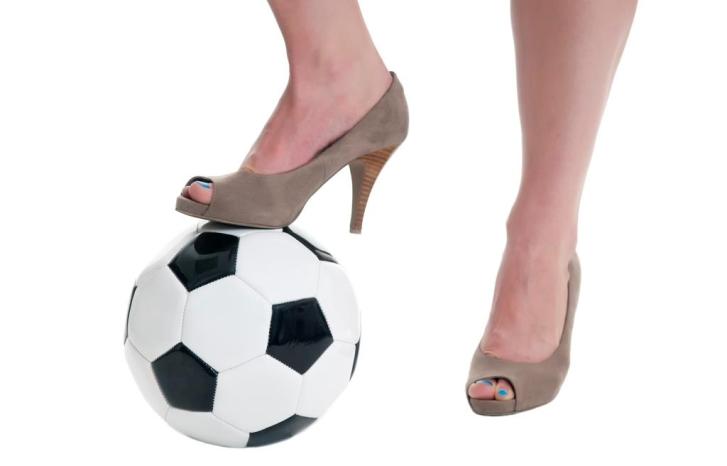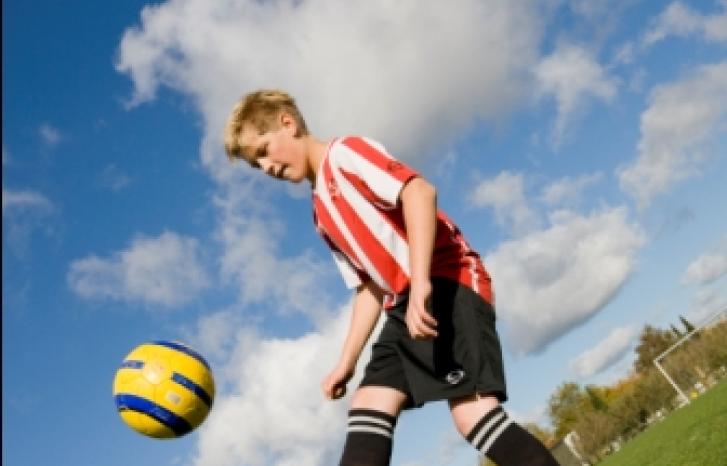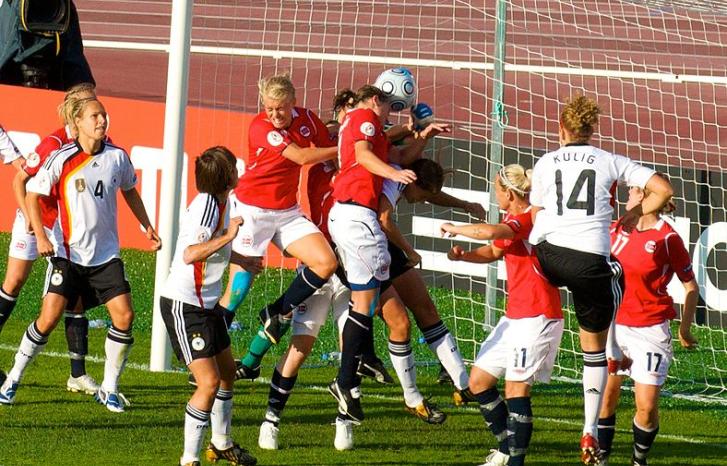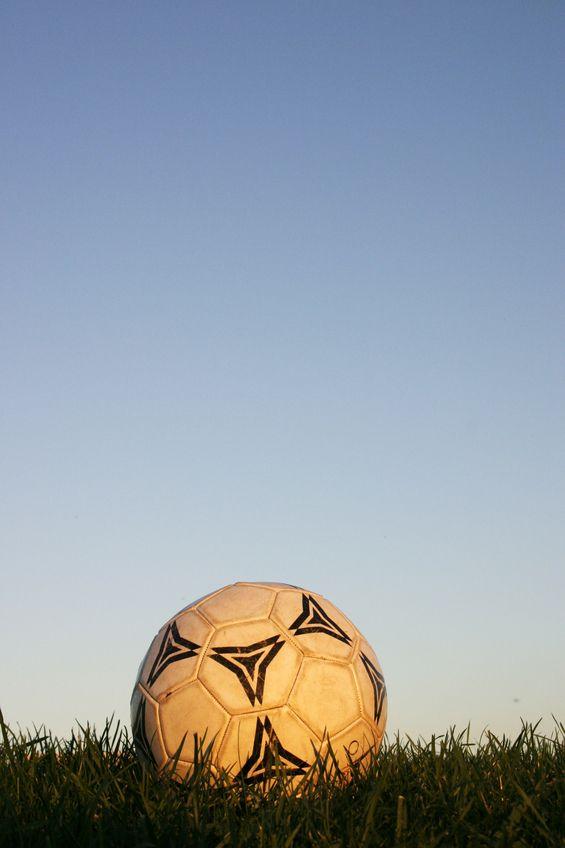
Both Eng and Lilleas took part in the discussion group, “Sport – something for gays and lesbians?”, at the seminar, Homo politics meets gender research – and vice versa.
Researcher and sociologist, Ulla Britt Lilleaas, is working on the research project “Masculine bodily habits and understanding of health - gender, culture, tradition and change”. She has interviewed elite sports people and participants in an old boys team about health, feelings and their bodies. Perhaps, more to the point, is what they do not talk about and what is not allowed: – kissing on the mouth, for example, is not permitted. Several years ago, one sportsman, today an old boy, expressed his “enormous joy” after scoring a goal. He took the face of another player in his hands and kissed him full on the mouth. This incident became historic for him, explains Lilleaas, and led to a great deal of publicity in the newspapers. Journalists telephoned his family and wanted to know whether he was now gay.
Heidi Eng has written her doctoral thesis about how gender and sexuality are presented in sport. Her study included interviewing elite sportspeople. In her opinion, homosexual men in masculine sports prefer to live an asexual life rather than come out of the closet. – They must choose between their sport and relationships, she explains. – Because of this sport loses many talented people, as there is nothing to suggest that everyone affected chooses sport.
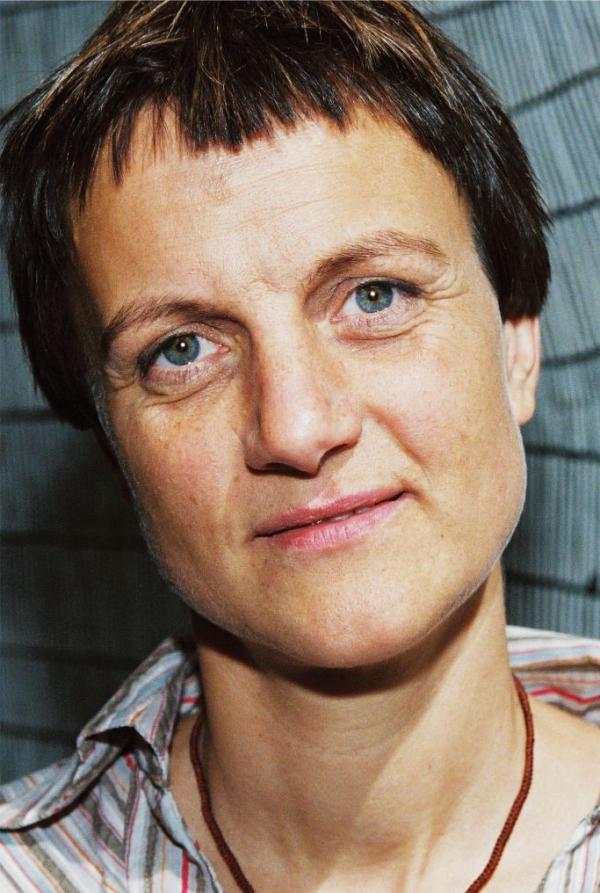
Gay baiting
It emerges from Lilleaas’ data that gay baiting is part of the pattern of men’s communication. This is made particularly clear when one of the players of the team which she is studying announces that he is gay. – It has led to several other players feeling unwell when he comes into the dressing room, explains Lilleaas.
In Eng’s opinion, homophobia is also about the nature of sport: – Sports are gendered. Football and ice hockey are masculine sports, while rhythmic gymnastics and figure skating are feminine sports. This is something that again influences the real choice one has about being open about one’s sexual orientation, says Eng. For example, there are informal rules about how many lesbians you can have in a football team. One of Eng’s informants chose to “sacrifice herself” by staying in the closet because there were so many lesbians in her team.
In connection with sport, people of the same sex find themselves spending time together whether in changing rooms, travelling together or sleeping in the same rooms during tournaments. – Because there is so much single-sex social interaction it is important to distance oneself from homosexuality, says Lilleaas. She refers to men’s researcher Victor Seidler who claims that men often police each other’s sexuality. He says that men invest a great deal of time and energy in demonstrating their masculinity. In not daring to show their feelings or their vulnerabilities they may be displaying signs of homophobia.
Is it so bad?
What does the sporting community think? Silje Johannessen, leader of the Norwegian Athletes’ Association (NISO), which is the trade union for handball, football and ice hockey players, is not sure that it’s that bad. According to her, many athletes show solidarity and are open about their feelings. They are perhaps not so homophobic everywhere, she asks. Anders Krystad in the Football Association of Norway, on the other hand, believes that homophobia is a problem. – It only takes a few signals to display your distaste, and those who are receptive to signals of that type quickly get the picture, he says.
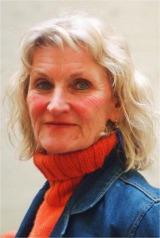
The Football Association of Norway is the only Norwegian sports association that has made an issue out of homophobia. In Krystad’s opinion the need for a change in people’s attitudes is present in this area, similar to what has been achieved in women’s football.
– It is not so long since it was unheard of that women played football. But today they make up 25 per cent of our members, he says. Perhaps having quotas for homosexuals would be a good idea? The Football Association has a membership of 400 000, of which 25 000 are active. They organise the course “football for all”, which tackles discrimination of all kinds, including homophobia. – There is movement on these issues. An example is that the English Football Association has launched a website against homophobia, says Krystad. – We shall continue to tackle homophobia, just as we are tackling racism.
This is about every man
According to Lilleaas, homophobia is not just about discriminating against one group, but has to do with the health and well-being of all men. Her studies demonstrate this. – Within the male sports milieu there is not much discussion of feelings and serious problems, something that is connected with homophobia. Homosexuality is, for many men, connected with being feminine, something that is also connected to feelings – and talking about feelings. Men often release these feelings through physical activity, and not by talking about them.
– Training has a kind of lightning conductor function. The less they reflect over their problems the more they deal with it physically. They do not talk about it, says Lilleaas. According to Lilleaas, the problem is that a repression of men’s feelings and vulnerability takes place, perpetrated by other men. This does not only affect other men, but also themselves. – When no one questions why you do what you do, then no major changes can take place between men, or between men and women, concludes Lilleaas, and encourages people to see homophobia in a wider context.
Translated by Matthew Whiting KILDEN

